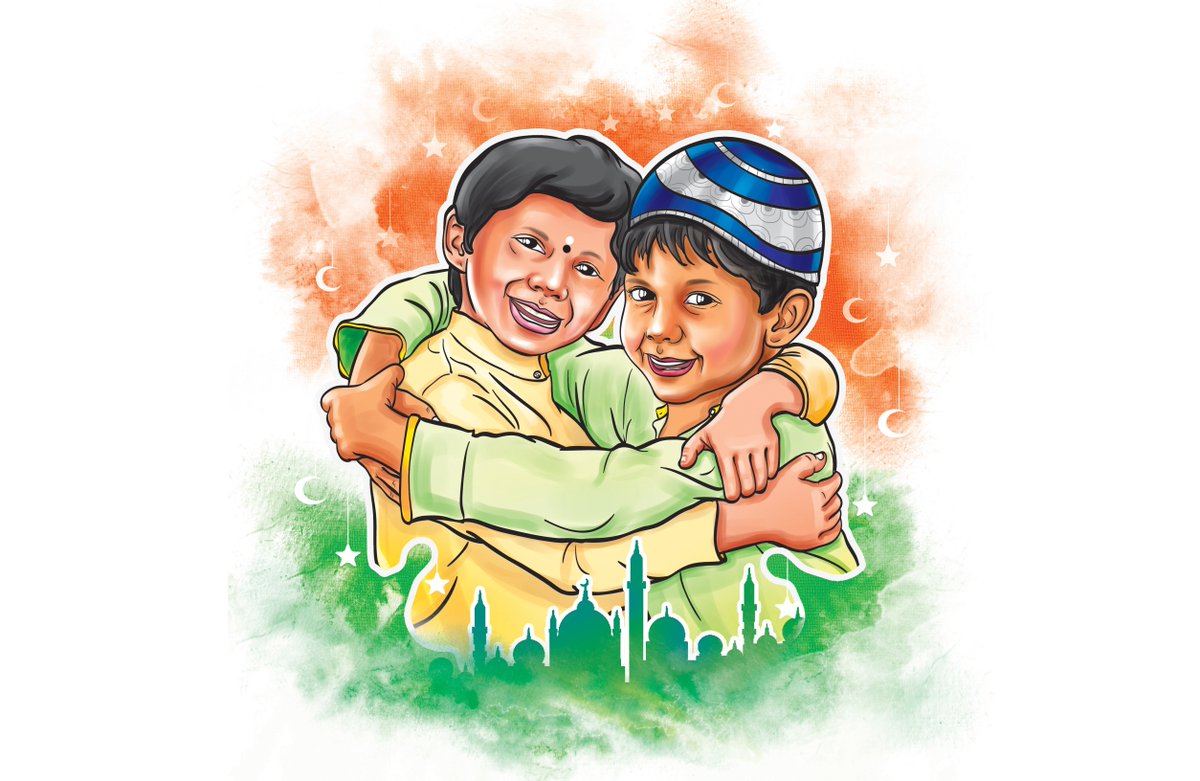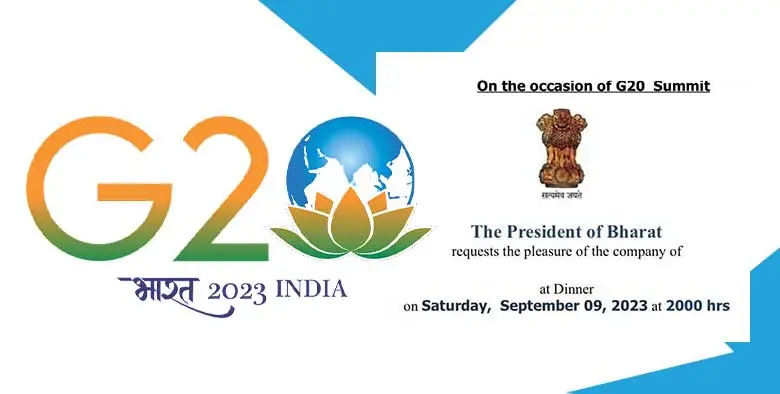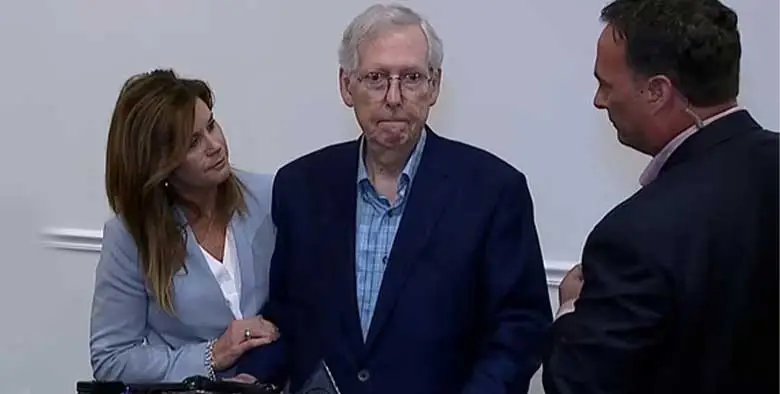Hindi Diwas: Is Hindi Only For Hindus And Urdu Only For Muslims?
Language is only a medium of communication and nothing else. Neither humans have any control over its prevalence nor any other element. Then, why and how does a never-ending debate continues to prevail in society about a language’s superiority? Let’s dive in!
Importance of Hindi Diwas
The story of Hindi Diwas dates back to September 14, 1949. On this day, in 1949, the Constituent Assembly adopted Hindi as the official language of communication other than English. Hence, to commemorate the announcement of Hindi as the official language, we celebrate September 14 as Rashtriya Hindi Diwas.
However, in the post-Independence years, a short fiction, Hindi or Urdu, by Sadaat Hasan Manto was published for the audience. Manto commented on the strange language dispute simmering for many decades through that fiction. He stated: “Why are Hindus wasting their time supporting Hindi, and why are Muslims so beside themselves over the preservation of Urdu? A language is not made; it makes itself. And no amount of human effort can ever kill a language”.
Hindi Or Urdu: A Never Ending Debate For Prominence
The debate for prominence between Hindi and Urdu is only a few centuries old, especially from the mid-1800s when politicians started using languages as a tool for polarization. It is true because for making India independent from the foreign rule, Hindi language played a major role.
According to Congress MP Shashi Tharoor, Hindi language is the medium with which politicians connect with the citizens of this nation. In his recent interview, he mentioned that in present times Hindi language has become a must in politics. He added that Hindi is a simple language as anyone can speak it, even the people from South are good to go with it in the modern times.
Although Hindi plays a significant role in binding leaders with the common masses, its linkage with someone’s caste and religion is tampering its significance. Yeah! It is true that politicians of the early 20th century used it as the tool for spreading their propaganda. For this, they characterized Hindi as the language of Hindus, while Urdu for the Muslims.
Opposing the misconceptions, Ganesh Devy, a linguist and cultural activist, said: “It is a misconception that Hindus speak Hindi and Muslims speak Urdu. Reputed writers like Premchand and Amrita Pritam wrote in Urdu, even though they were not Muslims”.
In fact, VD Savarkar, on whose name BJP runs its politically motivated Hindutva ideology, was a prominent Urdu poet. Ganesh added that even today, a significant proportion of Hindu population in Punjab, Bihar, and Maharashtra speak Urdu.
Historical Background of the Urdu Language
In the late 18th and early 19th centuries, Urdu was a prevalent language in what we call the Hindi belt of India. A leading historian Sumit Sarkar described in his celebrated book, (Modern India, 1885-1947)
“Urdu had been the language of polite culture over a big part of north India, for Hindus quite as much for Muslims”. The description added, “As late as 1881-90, 4380 Urdu books had been published in UP as compared to 2793 in Hindi, while the corresponding circulation figures for newspapers were 16,256 for Urdu and 8002 for Hindi”.
How Did Hindi-Urdu Debate Become a Center For Politics?
The fight for language superiority dates back to the entry of the British East India Company on the Indian soil. Prior to that, the country was ruled by the Mughals, whose official language of administration was Persian. However, in the 1830s, the EIC replaced Persian with English at higher levels of administration and allowed vernaculars at the lowest levels. This meant that in a significant portion of north India, Urdu replaced the Persian language.
In the later part of the 1860s, a widespread controversy erupted about the designation of the country’s official language. The debate was then promoted through literary works like plays, poetry, petitions, and memorandums. Such works defined the merits of Hindi and Urdu languages equally to the common masses.
During the 1860s, the education system played the role of officiating Hindi as the language for Hindus and Urdu as the language for Muslims. Some surveys support these facts, as per which Hindi schools were widely popular among Brahmin, Rajput, and Baniya castes. In contrast, Persian and Urdu schools were opened for Muslims and Kayasthas. Even with less enrolment as compared to Hindi schools, people educated in Urdu and Persian language have a monopoly in higher administration.
Hindi For Hindus?
With the popularity of the Indian Independence movement, proponents of Hindi started spelling out the merits of having Hindi as the official language of administration. For this, they drew narratives emphasizing that the language belonged to the original inhabitants of India. Also, the ancient scriptures were used as proofs as they were written in Devanagari. Thus it reflects the relationship of Indians with the Hindi language.
Supporting such arguments, prominent figures like Bhartendu Harishchandra, Pandit Madan Mohan Malviya, Akhil Bharatiya Hindu Mahasabha, and several other figures and organizations came out in public to put forward a case for Hindi. Prominent organizations in includes Nagari Pracharini Sabha, Hindi Sahitya Sammelan, Dakshina Bharat Hindi Prachar Sabha and Rashtra Bhasha Prachar Samiti.
Things took a significant turn in 1880 when the then government of India appointed a commission under the chairmanship of Sir William Hunter to take stock of the progress made by education in India. With the appointment of the commission, several Indians felt that the commission had the power to modify the language policy in the country. Working on this, several North West Provinces and Oudh organizations collected over 67,000 signatures in favour of Hindi and Nagari and sent them to the commission along with several memorials.
Hindi Diwas History
Following a lengthy and robust campaign, pro-Hindi advocates found a ray of hope only in 1900 when the government of North-Western Provinces and Oudh declared an equal status for both Devanagari and Urdu script. This declaration sparked a tension among Muslims, who were mainly Urdu speakers. As reported by the Indian Daily Telegraph of Lucknow, “This calamity…hangs above our head; we are required thereby to wander amidst the zigzag of the strange and horrible characters of the Devanagari script and bid farewell to the language which reminds us of the glory of our forefathers and which is now the remnant of the once mighty sovereigns of India”.
The Urdu speakers feared that the resolution of 1900 would result in the extinction of the Urdu language. This was why several organizations came out with the objective to defend and promote the Urdu language. Chief among them was the Anjuman Taraqqi-e-Urdu (Society for the progress of Urdu), which was set up in 1903.
A noteworthy fact about the resolution of 1900 involves the non-activeness of resolution to bring changes in the official and popular usage of the two languages. Instead, the resolution ended up diluting the harmony of Hindus and Muslims in the nation. In fact, many people believed that the Hindi-Urdu debate sowed the seeds of Muslim separatism and the partition of India.
Following that resolution, it is well-known about the way with which Britishers used the Divide and Rule policy to create tension among the common masses. The result of those tension ultimately resulted in the creation of Pakistan. The religious dichotomy between Hindi and Urdu progressed further when Pakistan adopted Urdu as its national and official language, while India adopted Hindi as the official language in the following years. 












